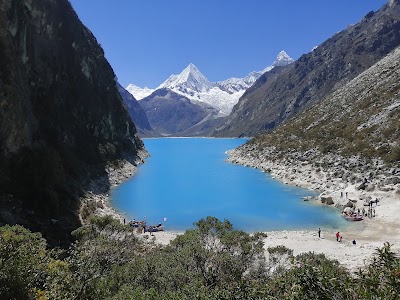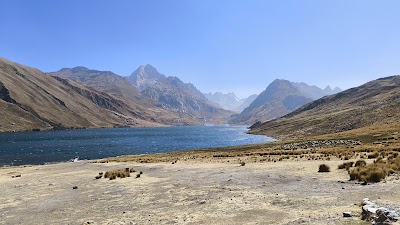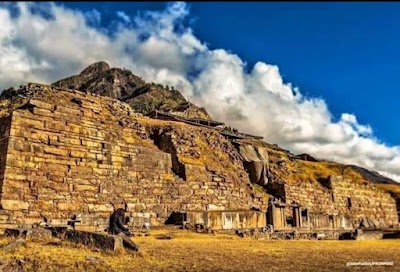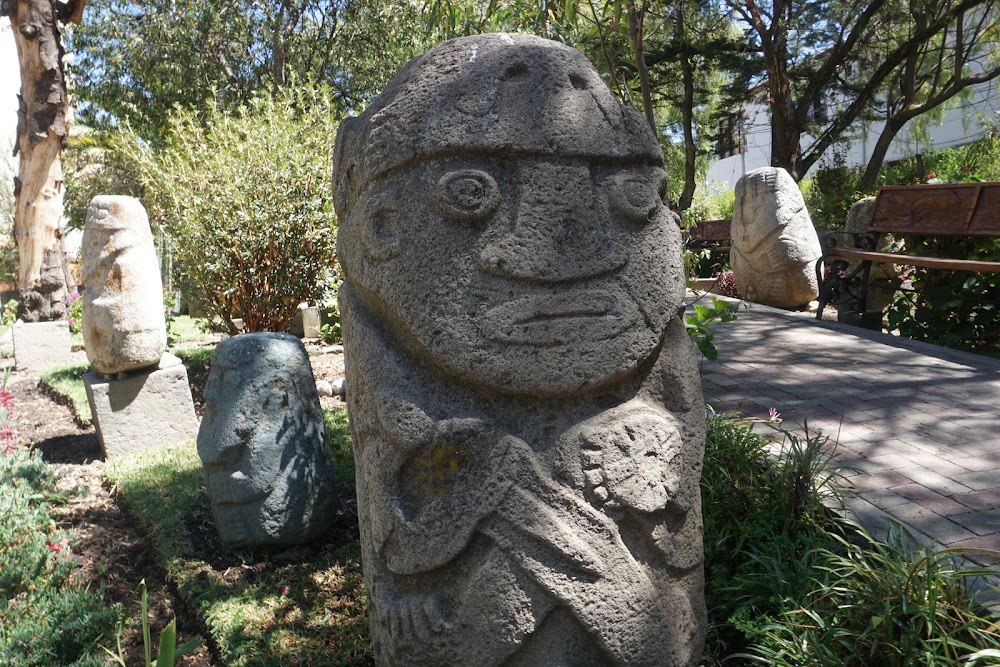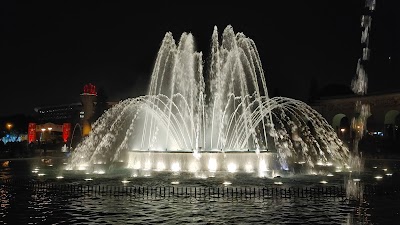Huascarán National Park (Parque Nacional Huascarán)
Overview
Discover Huascarán National Park
Nestled in the breathtaking Andes mountain range in the Áncash region of Peru, Huascarán National Park is a true gem of natural beauty and cultural heritage. Established in 1975 and recognized as a UNESCO World Heritage site, this expansive park covers over 340,000 hectares, showcasing stunning landscapes, diverse ecosystems, and a wealth of historical significance. Whether you're seeking adventure, tranquility, or a profound connection with nature, Huascarán National Park is an unforgettable destination that should be on every traveler’s list.
The Majestic Mount Huascarán
At the heart of the park lies Mount Huascarán, the highest peak in Peru, towering at an impressive 6,768 meters (22,205 feet) above sea level. This iconic mountain is not just a striking feature of the park but also holds a revered place in Peruvian culture. The area is rich in history, with roots tracing back to ancient civilizations like the Chavín. Just a short drive from the park, the ruins of Chavín de Huántar reveal the sophisticated engineering and cultural practices of these early peoples, offering visitors a fascinating glimpse into the past.
A Biodiversity Hotspot
Huascarán National Park is a sanctuary for biodiversity, home to a myriad of flora and fauna, many of which are unique to this region. Nature enthusiasts will be captivated by the sight of the Puya Raimondii, a colossal bromeliad that can reach heights of up to 12 meters (40 feet) and can live for over a century. Keep your eyes peeled for the majestic Andean condor soaring overhead, or the graceful vicuña, a llama relative, grazing in the expansive puna grasslands. The park’s ecosystems vary dramatically, from lush cloud forests and high-altitude wetlands to rugged peaks and shimmering glacial lakes, each offering unique opportunities for exploration.
Stunning Glacial Lakes and Trekking Adventures
Among the park’s most striking features are its turquoise glacial lakes, with Lake Llanganuco being a standout favorite among visitors. Surrounded by towering mountains and vibrant vegetation, these lakes provide the perfect backdrop for stunning photographs and moments of serene reflection. For the adventurous, the Santa Cruz Trek is a highlight, often hailed as one of the most beautiful hiking trails in the world. This multi-day trek guides hikers through a spectacular array of terrains, past sparkling lakes, and grants breathtaking views of snow-capped peaks, creating an unforgettable outdoor experience.
Cultural Connections
The park is not just a natural wonder; it also holds significant cultural value for the local communities that call its surroundings home. Indigenous Quechua-speaking people continue to live in harmony with their ancestral lands, practicing traditional agriculture and preserving their rich cultural heritage. Visitors have the unique opportunity to engage with these communities, learning about their customs, crafts, and daily life. Such cultural interactions enrich the travel experience, providing a deeper understanding of the profound human connection to this magnificent landscape.
Geological Significance
Huascarán National Park is also noteworthy for its geological features. Situated within the Cordillera Blanca, the highest tropical mountain range in the world, it forms part of the larger Andes Mountains, which were shaped by tectonic activity millions of years ago. Renowned for its extensive network of glaciers, the Cordillera Blanca offers excellent opportunities for mountaineering and climbing, attracting enthusiasts from around the globe. However, it is crucial to be aware that these glaciers are rapidly receding due to climate change, highlighting the importance of conservation efforts.
Sustainability and Conservation
For those passionate about sustainability, Huascarán National Park plays a vital role in preserving Peru's natural heritage. Managed by the National Service for Natural Protected Areas (SERNANP), the park implements various programs aimed at protecting its diverse ecosystems and wildlife. Local communities are actively involved in conservation initiatives, ensuring that the park's natural resources are managed sustainably for future generations to enjoy.
Planning Your Visit
The nearest city to Huascarán National Park is Huaraz, which serves as the primary gateway for visitors. Huaraz offers a wide range of accommodations, from budget hostels to luxurious hotels, as well as numerous tour operators providing guided excursions into the park. The optimal time to visit is during the dry season, from May to September, when weather conditions are ideal for trekking and outdoor adventures. However, the park's beauty is undeniable year-round, with each season offering its unique charm and experiences.
Conclusion
In conclusion, Huascarán National Park is a must-visit destination for anyone traveling to Peru. Its combination of towering peaks, glacial lakes, rich biodiversity, and cultural heritage creates an unparalleled experience for tourists. Whether you're an avid trekker, a nature lover, or simply seeking a peaceful retreat, this national park has something for everyone. So pack your bags, lace up your hiking boots, and prepare to explore one of the most stunning natural landscapes in the world!


